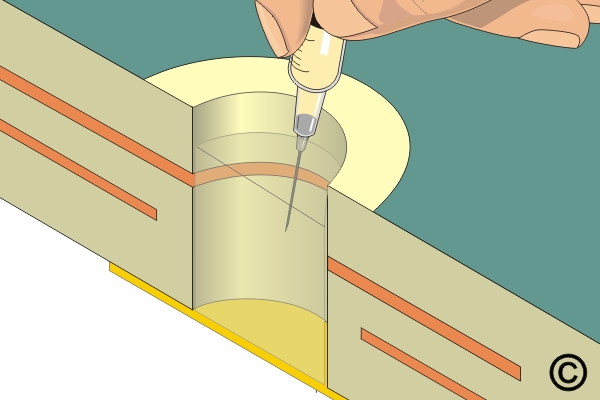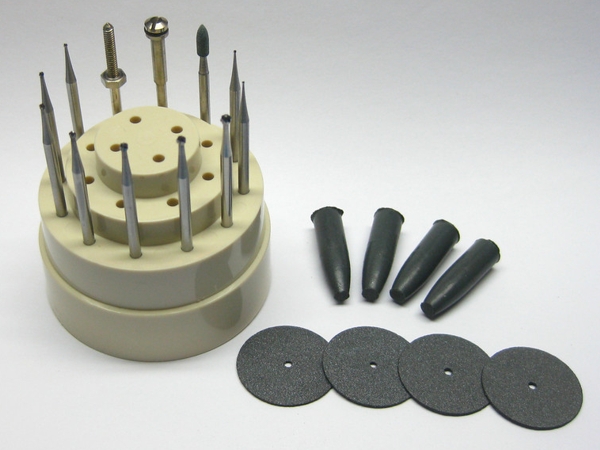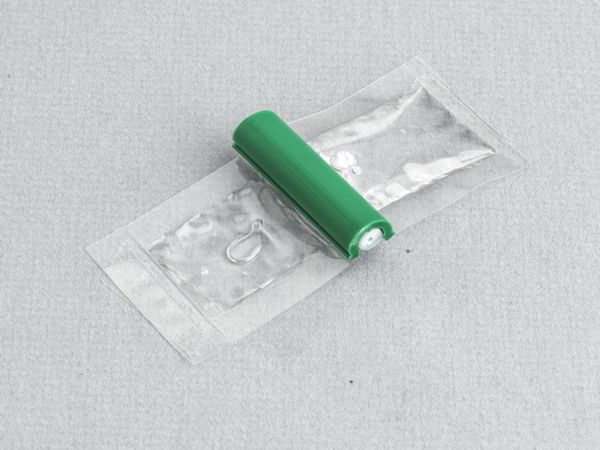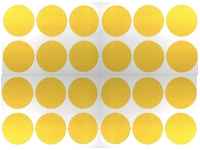|
Outline
This method is used on multilayer circuit boards or assemblies to disconnect an internal connection at a plated hole. A Precision Drill System uses a carbide drill, end mill, or ball mill to drill out the hole. The hole may then be filled with epoxy and re-drilled to the diameter needed.
|
|||||||||||||||||||||||||||||||||||||||
|
Procedure
Procedure
Evaluation
|
|||||||||||||||||||||||||||||||||||||||
Images and Figures
Deleting Inner Layer Connection at a Plated Hole, Drill Through Method

Figure 1. Precision Drill System with base plate to pin circuit board in position while drilling out plated hole.

Figure 2. Completely mill through the hole to isolate the internal connection(s).

Figure 3. Fill the hole with epoxy up to and flush with the surface.

Figure 4. Completed repair.
|
|||||||||||||||||||||||||||||||||||||||
4.3.3 Deleting Inner Layer Connection at a Plated Hole, Drill Through Method
Procedure covers method to delete connections at a plated through hole on circuit board assemblies.
Minimum Skill Level: Advanced
Conformance Level: High
REQUEST FOR QUOTE GUIDES INDEX

Deleting Inner Layer Connection at a Plated Hole, Drill Through Method

Precision Drill System with base plate to pin circuit board in position while drilling out plated hole.

Completely mill through the hole to isolate the internal connection(s).

Fill the hole with epoxy up to and flush with the surface.

Completed repair.

This versatile tool is ideal for milling, drilling, grinding, cutting, and sanding circuit boards.
LEARN MORE

This clear, low-viscosity, superior-strength epoxy is ideal for many circuit board repair and rework uses.
LEARN MORE

We're here to help with all your challenging circuit board and electronic component rework and repair needs.
LEARN MORE
SLIDESHOW STARTING
❮
❯

















